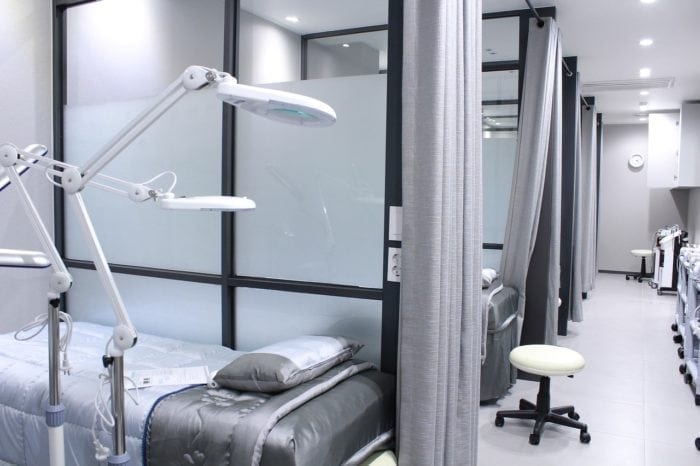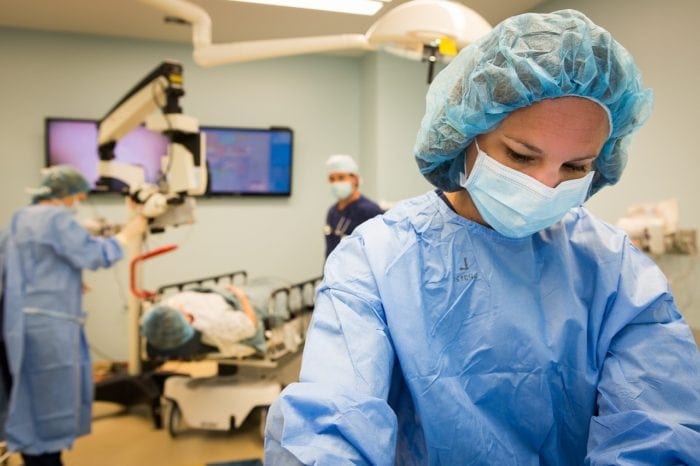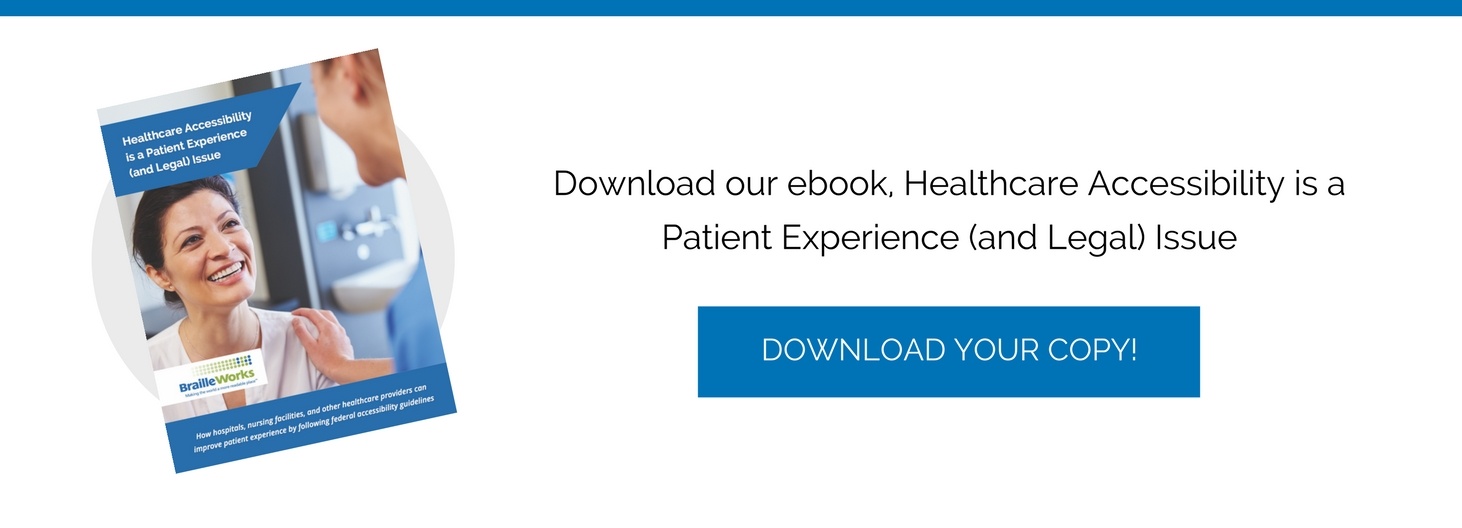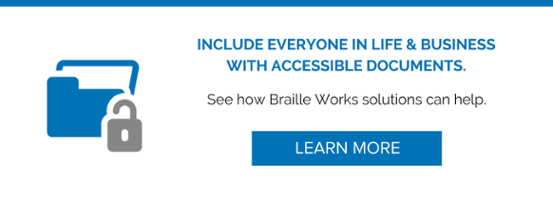I Can Sign My Own Name! Our CEO’s Frustrations With Healthcare’s Lack of Accessibility
Published on
About a month ago I had coronary artery bypass surgery. A few years earlier, I had knee replacement surgery. Both required hospital stays, and these experiences inspired a few insights into the issues around accessibility in healthcare.
My personal experience as a blind person in the healthcare system
When healthcare systems fail to provide accessible documents, it not only violates the law but disrespects the patient. The last hospital I attended had my wife complete all of the paperwork, and when I insisted on signing my own forms they agreed under the condition my wife sign as well.
Put yourself in my place. I am an adult man and have all my mental wits about me. My wife and I run a successful business and I make decisions daily from contracts to operations. However, simply because I couldn’t read the forms, because the hospital failed to provide accessible formats, I was treated like a minor child.
I strongly believe in self-advocacy; it’s my responsibility to request accessible documents. But then, the onus is on the healthcare organization to provide them. Also, patients facing major surgery are understandably nervous and it’s understandable that they, like me, don’t want to engage in an argument with their future caregivers.
“Remember, patients with visual disabilities are in a strange place and not seeing what is going on can be scary.”
I think we need to do the best we can as blind people to educate kindly. I think I did a pretty good job, but, when I was told I couldn’t sign, well, maybe I wasn’t so kind.
Responsibilities of hospitals and healthcare facilities to customers with blindness or visual disabilities
Communicate everything. From Admissions to the Operation Room to Recovery, the hospital staff should clearly explain what is happening by identifying themselves before they approach. Whether it is taking blood pressure, giving injections or just bringing fresh water—I need to know. Remember, patients with visual disabilities are in a strange place and not seeing what is going on can be scary.
The last time I was in the hospital they put a note on my door stating I was blind. To some degree that bothered me, but it was fair notice to all staff to understand that they needed to talk to me. I must say for the most part, they did a good job communicating.
Is your healthcare organization accessible? Accessibility is the law, it’s good for business, and it’s the right thing to do for your patients.
Don’t assume. Blindness can be a frightening thing to some sighted people. They can’t imagine being blind so they make up scenarios that usually are far from reality. Most of us have either had extensive training or had enough life experiences to know what we need. Rather than assume to know what assistance—if any—a patient with visual disabilities may need, just ask.
Please remember: being blind is not the same as being hard of hearing. Talking louder isn’t the solution, but having a discussion is. Communication should always be the first accommodation provided. Ask what needs the patient has and if there are any limitations.
Provide information in a format accessible to me. Hospitals and healthcare facilities are required by federal law to provide accessible formats of all patient documents and written communications.
“Because I couldn’t read the forms, because the hospital failed to provide accessible formats, I was treated like a minor child.”
The last two hospitals I visited had nothing in alternative formats—no braille, large print or audio. They were all happy to tell me they had Spanish available! (The Spanish was in standard print, and, for the record: I do not speak or understand Spanish.)
What needs to change?
By federal law, all medical facilities need to have materials available in braille, large print, and audio. Complying with federal accessibility guidelines is the first step. The second is providing training for healthcare professionals and staff as to what facilities should be providing for all patients, and how best to serve patients with blindness or visual disabilities.
If you’d like to read more, subscribe to the Braille Works blog for more healthcare accessibility news, updates and insights.
Categorized in: Accessibility, Health and Wellness, Opinion
This post was written by






Comments are closed here.